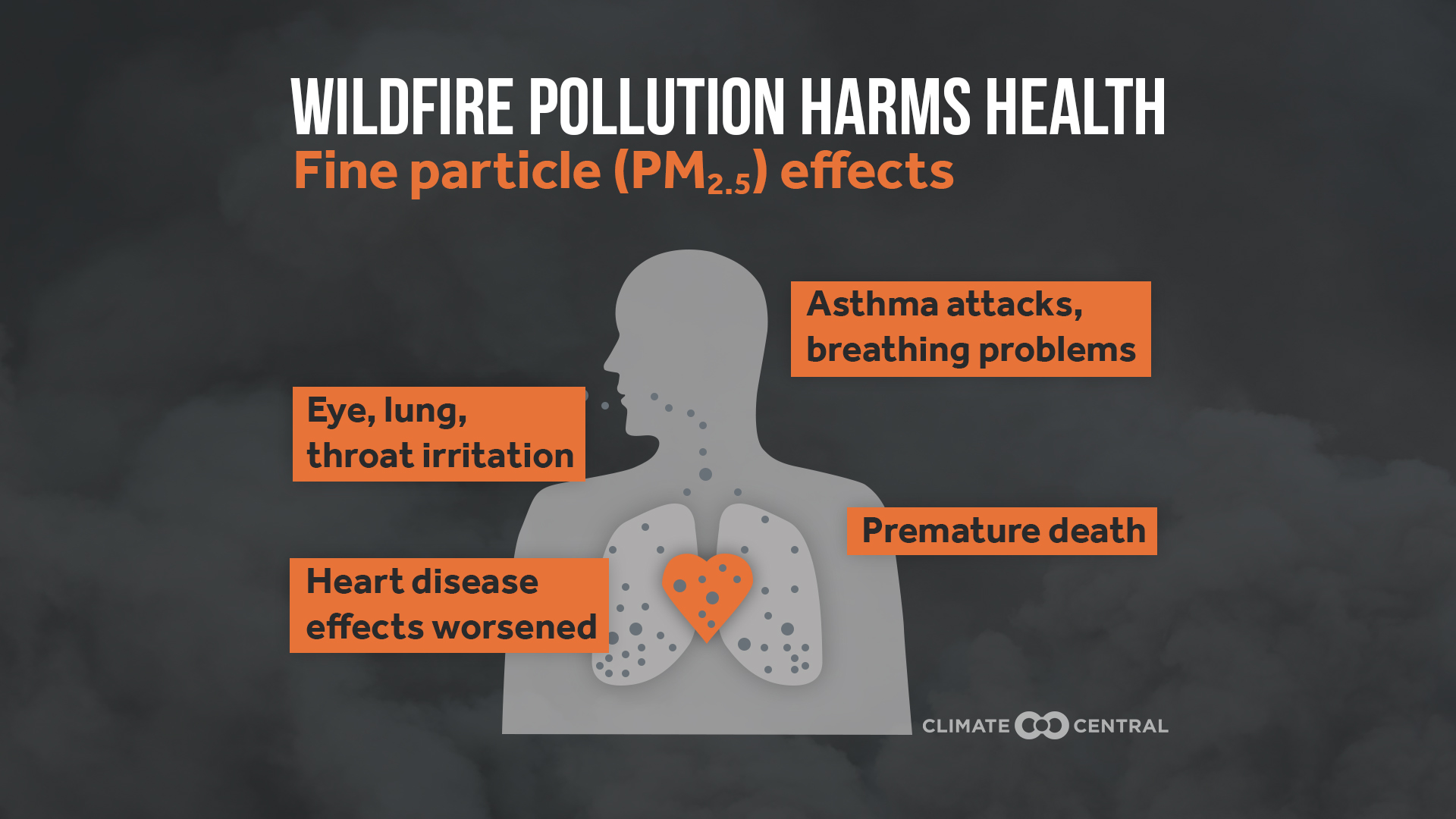- Pay attention to the air quality in your area and know what different Air Quality Index values mean. You can use the gov website to check air quality where you live. Purple Air is another resource with more localized but less authoritative information.
- While everyone may react to wildfire smoke, children and those over 65 are most vulnerable, as are those with heart disease, chronic obstructive pulmonary disease and asthma.
- If you have an underlying respiratory condition like asthma or COPD, make sure your medications are up to date and filled.
- If you are having severe symptoms, like chest pain and difficulty breathing, immediately seek medical care, especially if you have an underlying condition. If you have a fever, cough and/or shortness of breath you may have COVID-19, so call your health care provider about testing and care.
Stay inside
- Keep your windows and doors closed.
- Have enough food and medicine to stay inside for several days.
- Use a portable air cleaner with a HEPA filter to create a “clean air room.” Make sure the portable air cleaner fits the size of the room you are using it in. Make sure the cleaner does not create ozone. Those that are “mechanical” are safer, whereas those that are electronic may emit ozone. Watch out for cleaners that claim to be “ionizers, electrostatic precipitators, PCOs, hydroxyl generators, UV light” as these are more likely to create ozone.
- If you don’t have or can’t afford a portable clean air purifier, make your own with a box fan.
- Update your heating and air conditioning system with a MERV13 Replace old filters.
- If you have air conditioning, run it with the recirculation setting.
Use smoke shelters
- Some towns and cities, including Seattle, have set up “smoke shelters,” or public buildings with clean air. During COVID, many are closed, but you can find updates on the City of Seattle’s Twitter page. One has opened up in the SoDo area.
If you drive…
- Keep your windows and vents closed. Run the A/C on the recirculate setting.
Don’t exercise outdoors
- Really, don’t. Especially avoid strenuous activities like running that demand a lot of breathing.
Wear an N95 mask
- As much as possible, this should be fitted by a health care professional. Follow these steps on how to wear the mask correctly. (Note: The federal Centers for Disease Control and Prevention says N95 masks are necessary only in medical settings.)
Other resources:
CDC National Center for Environmental Health
Washington State Department of Health recommendations for wildfire smoke and COVID19



